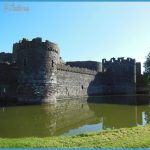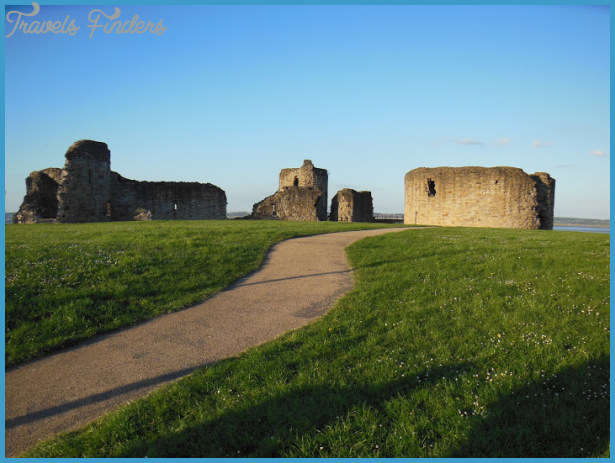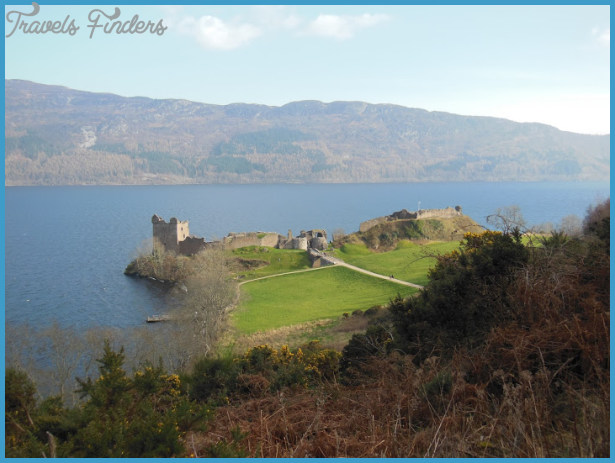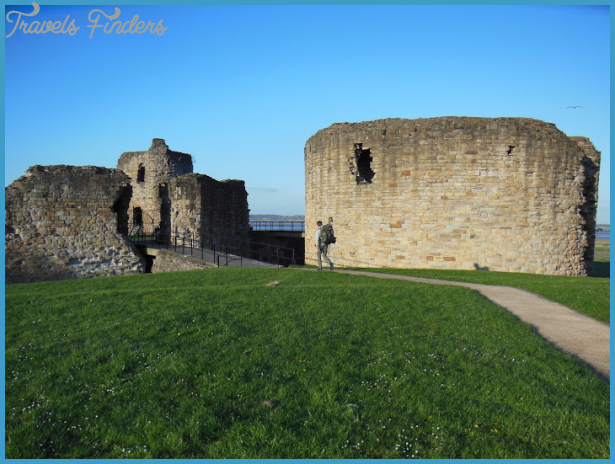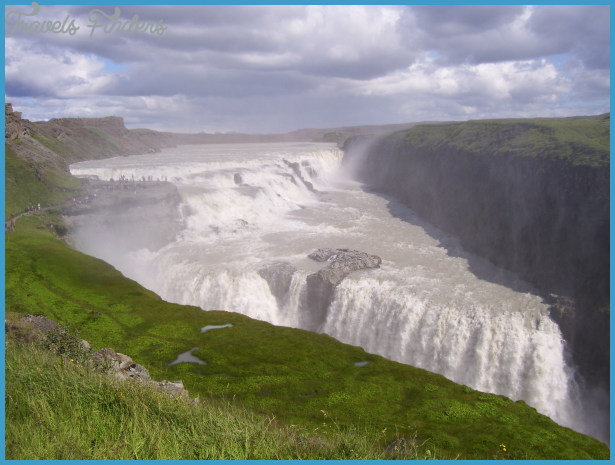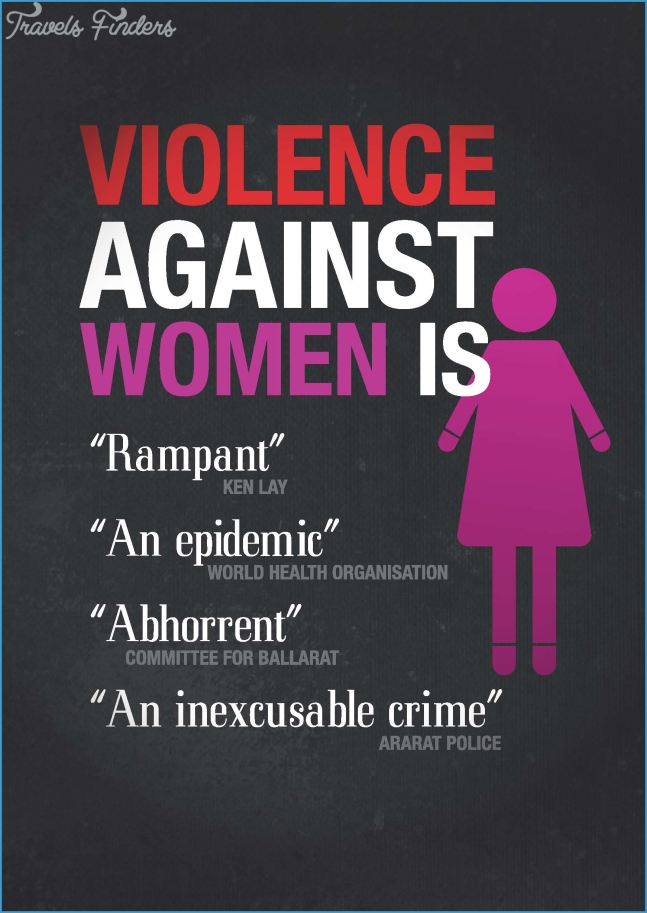AUSTRIA CASTLES CRUMBLE
But like a house of cards, the Habsburg empire grew tenuous as it grew up. When Maria Theresa ascended the throne in 1740, her neighbors were eager to rein in Habsburg power. The marriage of her daughter Marie Antoinette to the future Louis XVI, an attempt to forge an alliance with France, was quickly negated by the French Revolution. After the Revolution, Napoleon Bonaparte secured French possession of many Austrian territories. French troops even invaded Vienna, where Napoleon took up residence in Maria Theresa’s favorite palace, Schonbrunn (97), and married her granddaughter.
Napoleon’s success led to the official establishment of the Austrian empire. In 1804, Franz II renounced his claim to the now-defunct Holy Roman crown and pro claimed himself Franz I, Emperor of Austria. During the Congress of Vienna, which redrew the map of Europe after Napoleon’s defeat, Austrian Chancellor Clemens von Metternich reconsolidated Austrian power. Calm prevailed until the spring of 1848, when the French philosophy of middle-class revolution reached Austria. Stu dents and workers revolted and seized the palace, demanding a written constitu tion and freedom of the press. The movement was divided and the rebellion quashed. Nevertheless, the emperor was eventually pressured to abdicate in favor of his nephew, Franz Josef I, whose 68-year reign was one of Austria’s longest.
Austria’s political status continued to shift throughout Franz Josefs life. Prus sia, under Otto von Bismarck, dominated European politics, defeating Austria in 1866 and establishing a dual Austro-Hungarian monarchy. Although Franz Josef was one of the more enlightened leaders of the day, and made male suffrage universal by 1907, the nationalist sentiments of the Slavic underclass grew unchecked.



